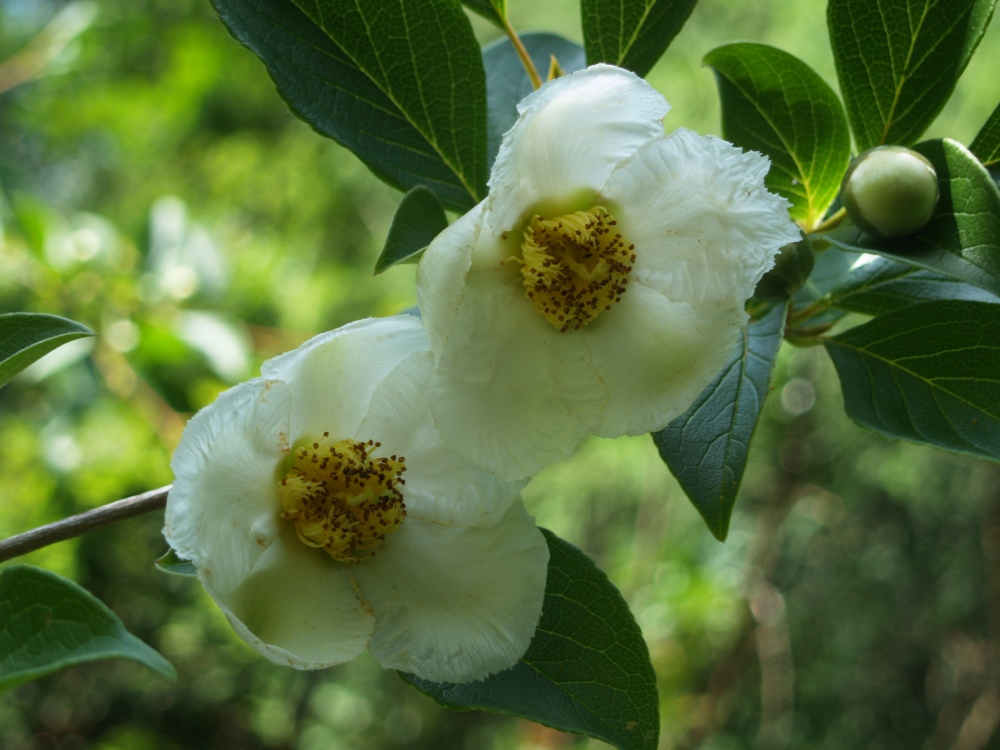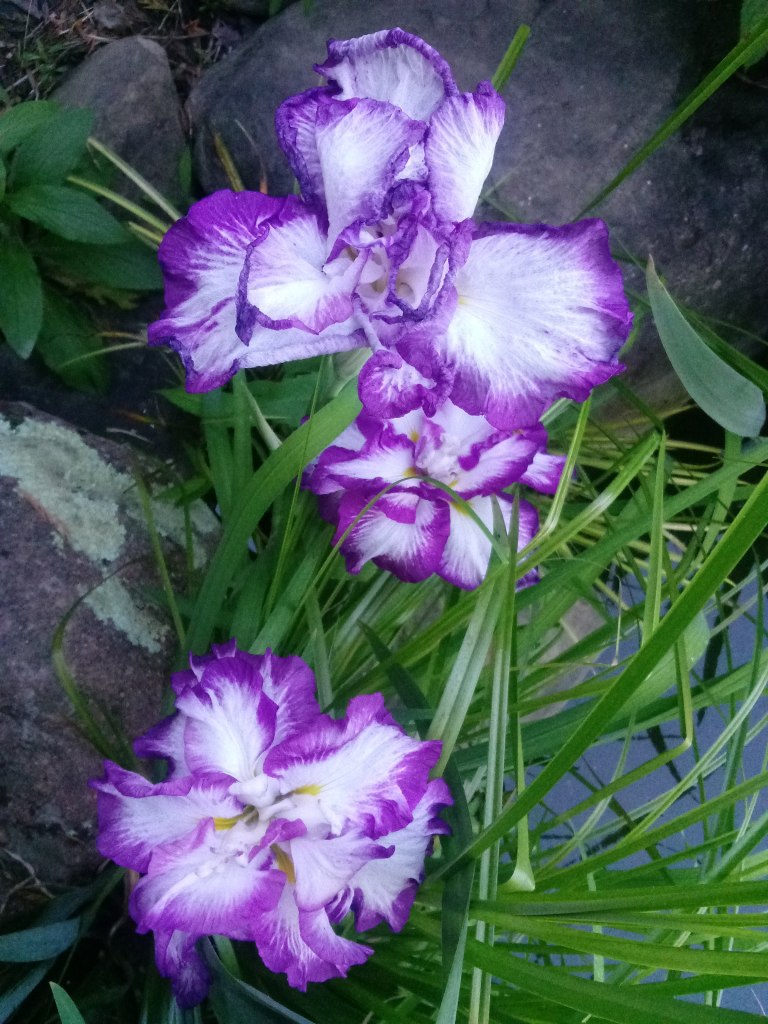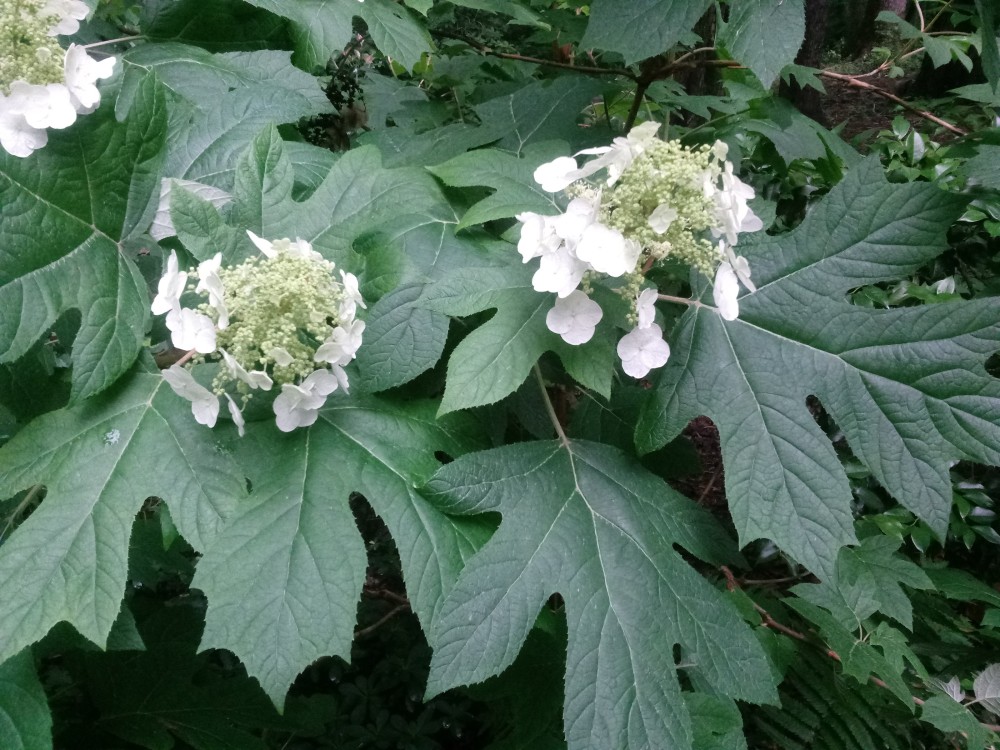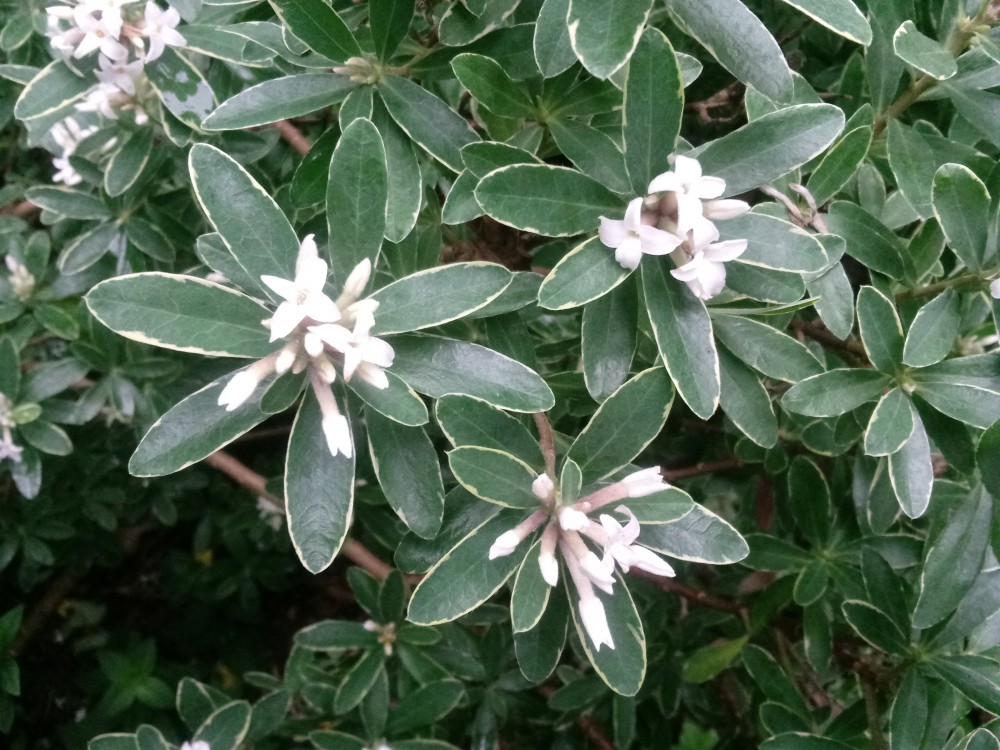I think, I hope, there has been sufficient time between our many inches of rain two weeks ago and the heat that is forecast for early in the week. It is June, and heat is expected, but much of the garden was pumped up on a water high, and in sunny spots this could be a problem. Fortunately, and I say this regardless of the current conditions, much of this garden is shaded, so there is not too much to be concerned about.

Certainly, there should be no concern that the garden will transform from lush to dead, but a time or two I’ve seen wilting foliage when the weather turns from wet to dry and hot. If the warm spell drags on, things could go downhill in a hurry, but it’s likely the worst that happens is that plants look a bit haggard. Except new plantings, that is, and here there is a bigger risk that things can go seriously wrong. So, I’ll have to remind myself what I’ve planted this spring and keep a watchful eye over the next week or two.

No matter how high temperatures soar, this weekend I will be planting a few shrubs picked up on my visit to Oregon, and I must spray the deer repellent. With rain forecast for just about every day I’ve been in town and available to spray, it’s been six and half weeks since the last spray. This is pushing it a bit far, and particularly since at least some of the repellent has likely been washed off by rain.

As for planting, it’s not ideal with ninety-six degrees in the forecast, but I’ve done worse. I would not plant small pots, but Afghan fig (Ficus afghanistanica ‘Silver Lyre’) and ‘Janed Gold’ arborvitae (Thuja occidentalis ‘Janed Gold’) in larger containers should be as forgiving as possible, and there’s enough soil moisture in the lower rear garden that there’s no danger these will dry out.
The hybrid daphnes (Daphne transatlantica), ‘Eternal Fragrance’ (above) and ‘Summer Ice’ (below) are back to peak flowering, the second wave of blooms this spring. The first flowers were delayed by a few weeks in the chilly early spring, and between periods of heavier flowering there are always a few scattered blooms. Three daphnes planted this spring have had a bit of a difficult start with continued deluges, but I expect they’ll come around once summer dries things out.


Look at that oak leaved hydrangea! Gorgeous. When you mention heat what is your temperature generally? I’m curious to see if I could try one of those hydrangeas in a shady spot. Our summers are 40+degrees celcius.
You have forced me to consult the Celsius to Fahrenheit calculator, and yes, Oakleaf hydrangea will tolerate this heat as long as it has a period of winter dormancy. I have seen Oakleaf in the deep south, and also growing superbly in Oregon with cooler temperatures and low humidity. The warmer the area, more shade is more appropriate, though flowering is diminished in deep shade.
Oh fabulous! Thank you for going to the effort of checking! So excited! I have a new plant for my wishlist hooray!
What is that ‘Silver Lyre’ fig good for? Does it make usable fruit, or is it just an ornamental? I think that it is really pretty, but I already have too many fig trees. I did not read much about it. I happened to find it in the same nursery that had the fruitless grape grown for foliar color in autumn. It was very pretty, but if I am going to go to the trouble of growing the vines, I want the fruit!
I’m not certain that Silver Lyre is good for anything, but I was attracted by the foliage and I’ve occasionally considered growing a fig. They’re very marginal for us, and if I don’t like Silver Lyre it probably won’t survive for long anyway. The figs are supposed to be small and very sweet, but I don’t particularly care about the fruit anyway. I eat a few handfuls from three blueberry bushes, and leave the rest for the birds.
What a concept! I know that they are grown as an ornamental, but to me, a fig tree really should produce fruit. I have several, but have not yet determined which are best in that particular location. I planted them just to keep them alive. They are copies of trees I grew up with in the Santa Clara Valley, so I really want to keep them going. I thought that the ‘Silver Lyre’ was very pretty, but did not want to get another fit tree that was not important to me. Nor do I want to wast space on something that is not very productive. I sometimes work with fruitless olive trees, fruitless mulberries (which I really like as shade trees), and will now be working with a ‘Black Lace’ elderberries, which I am not sure what to think about. It really is pretty!
My wife says I’m an addict. Better plants than other things. Everything I plant is important to me, at least at that moment. I’ve planted Black Lace in the past, but it lost out when a Wolf Eyes dogwood spread too wide. In the right spot, I think this could be a good one, but I wasn’t motivated to carve out a sunny spot for it.
Wonderful as always. Think you have inspired me to get a Daphne! Thank you as always Dave.
😀
While Carol Mackie and Odora daphnes have survived for ten years or longer, it is not without a struggle. Parts of the plants must be pruned out each year. Eternal Fragrance and Summer Ice are more winter hardy, and ones in part sun grow more vigorously.